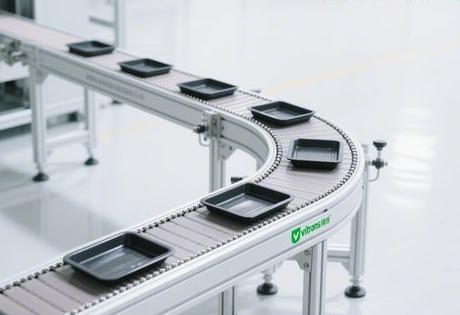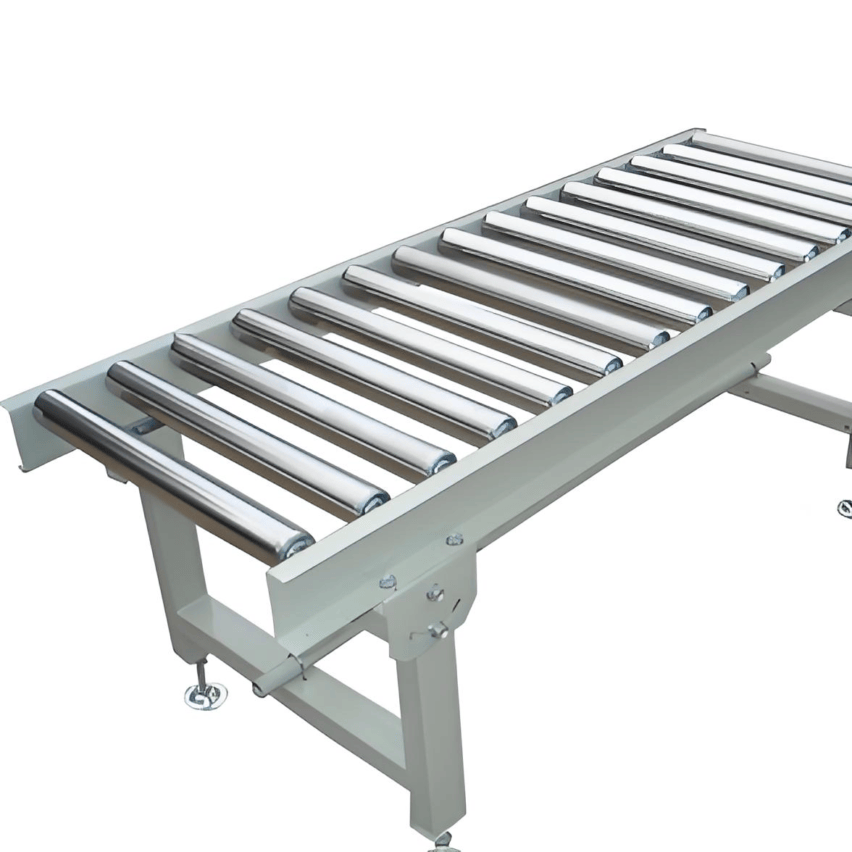In the sophisticated arena of modern industry, theRing Speed Chain Differential Cables Customisedhas gone beyond the mere procurement of equipment and has become a bottleneck in opening up the production ofStrategic solutionsIt enables the electronics, automotive and medical industries to realise the double breakthrough of efficiency and resilience in the competitive landscape of "multi-mix, small batch" through differentiated growth rate design and space reconstruction and intelligent control. It is through the differentiation of the growth rate design, space reconfiguration and intelligent control, so that the electronics, automotive, medical and other industries in the "multi-species, small batch" competition pattern, to achieve the efficiency and flexibility of the double breakthrough.

-
I. The heart of differential customisation: from the laws of physics to the engineering game
of the differential chainNature of growth rateDerived from the diameter ratio of the roller (D) to the roller (d), the physical relationship can be expressed as:
Material velocity V = (1 + D/d) × chain speed v₀
When using a 3x chain (D/d=3), the work plate speed can be up to 4 times the chain speed.
However, customised design needs to crack the triple paradox:

- Growth Rate Against Load: Increasing D/d can increase speed, but roller diameter is limited by chain pitch, and oversized rollers reduce structural strength. Heavy load scenarios (e.g. automotive chassis lines) require sacrificing the speed increase ratio and adopting reinforced rollers with D/d ≤ 2 (steel rollers can reach a single point load of 3.92kN).
- Balancing accuracy and cost: Hydraulic buffer stops are required for ±0.05mm level positioning, but cost three times as much as mechanical limiters. Small and medium-sized enterprises prefer to choose ±0.5mm accuracy spring buffer programme.
- Closed loop and spatial compromise: The circular layout saves 30% air travel but requires underground return access. Plants with less than 5 metres of floor height need to switch to vertical lifts, sacrificing 15% of effective conveyor time.
II. The logic of customisation of key modules: beyond the choice of parameter tables
1. Chain material: environmental suitability determines life span
| take | Preferred option | Measured life | cost factor |
|---|---|---|---|
| Pharmaceutical Aseptic Environment | POM engineering plastic chain + PTFE coating | 2 years + | 1.8X |
| Electronic Workshop | Stainless steel sleeve + silicone filler chain | 1.5 years | 1.5X |
| Automotive Welding Line | Carburised steel chain + ceramic plating | 8 months | 1.0X |
Case of a PCB factory in Hefei: after replacing ordinary steel chain with stainless steel composite chain, the failure interval is from 500 hours to 1500 hours, and the chain breakage rate caused by acid mist corrosion is zero.
2. The space revolution in guidance systems
- Aluminium profile rail (118 x 100mm)Modular bolted splicing, 72 hours to complete U-wire reconfiguration, saving 85% of work time compared to conventional welding.
- ±30mm adjustable foot cup: Solve the problem of uneven ground in old factory buildings, install tolerance lifting 300%
- three-dimensional layered design: A battery pack factory adopts a three-layer guide (filling→freezing→packaging), and the output per unit area is improved by 200%.
3. Hybrid stopping systems
plaintextmake a copy ofPneumatic mode Electric mode ┌───────────────────┬───────────────────┐ │ Worker stepping on pneumatic valve control │ PLC programming control │ │ Response time 0.3s │ Positioning accuracy ±0.15mm │ │ Adaptable to temporary insertion order │ Beat synchronisation error <3s │ └───────────────────┴───────────────────┘Mixed-line production data from Hefei automotive electronics factory: Dual-mode switching shortens changeover time by 40% and improves order response speed by 60%.
III. The industry customisation paradigm: pain point driven innovation
1. 3C electronics industry: static electricity and microdust offensive and defensive wars
- Anti-static design: Guide rail embedded copper wire brush (resistance value <10Ω), friction electrostatic conductivity of the workpiece plate
- Self-cleaning rollers: 0.2mm spiral groove on the surface of the roller, centrifugal shaking off the tin slag dust.
- Purification Grade Chain: Medical-grade silicone fills the gaps in the chain plate and prevents particles from penetrating.
After the application of a chip placement line, the scrap rate due to electrostatic breakdown and dust contamination was reduced from 1.2% to 0.05%.
2. New energy vehicles: breakthroughs in heavy and light-duty hybrid lines
Segmented bearer programme::
- Battery housing section: 38.1mm pitch steel chain (3.92kN load)
- Core assembly section: 19.05mm engineering plastic chain (anti-electrolyte corrosion)
- Transition zone for variable pitch sprockets: Stress concentration factor reduced from 4.8 to 1.2
A battery factory in Hefei has taken this opportunity to realise the production of 150kg shells and 10kg cells in a common production line, increasing the space utilisation rate by 70%.

IV. Intelligent upgrading: the second evolution of customisation
Differential chain 3.0 systemIt is moving from "mechanical customisation" to "digital twin customisation":
- Dynamic Tension Algorithm
Strain gauges monitor chain tension in real time, automatically slowing down 3% for every 5°C rise in temperature, eliminating sag overruns caused by thermal expansion (ΔL=7.26mm/30m) - RFID Adaptive Beat
Workpiece board chip records process elapsed time, AI dynamically adjusts the next cycle dwell time, the average waiting time of the assembly line is reduced by 40% - Predictive maintenance network
The drive sprocket is equipped with vibration sensors, which can prejudge wear and tear through spectrum analysis, and the false alarm rate of failure is <9%.
Self-questioning: three myths about customisation decisions
Q1: Why does it take 45 days to customise a ring differential chain?
Core time consuming inDynamic Simulation Test: Needs to be simulated in a digital twin:
- Thermal expansion stress distribution (temperature difference ≥25°C scenario)
- Resonant frequency point under mixed load
- Transition zone chain fatigue life
Q2: Why must the wall thickness of the aluminium profile rail be >3mm?
Thin-walled aluminium is prone to failure in the following scenarios:
- High-frequency start-stop impact: when acceleration>1.5m/s², the deformation of 2mm wall thickness guideway reaches 0.8mm/m.
- Heavy load resonance: when the load>200kg and the chain speed>15m/min, the resonance amplitude expands 300%.
Q3: Which industries have ROI > 150%?
Customised payback sequencing (Hefei case):
Medical devices (14 months) > Lithium batteries (18 months) > Semiconductors (22 months)
Medical industry has the most significant benefits due to improved yield and reduced sterilisation costs
When a surgical robot factory in Suzhou compressed the differential chain tolerance from ±0.1mm to ±0.03mm, transmission jitter plummeted by 60%, revealing a new industrial logic.Behind the customised millimetre accuracy, the leap is a threshold of stability for the entire manufacturing systemThe future of flexible production may lie in these redefined details. The winners and losers of the future of flexible production may be hidden in these redefined details.













